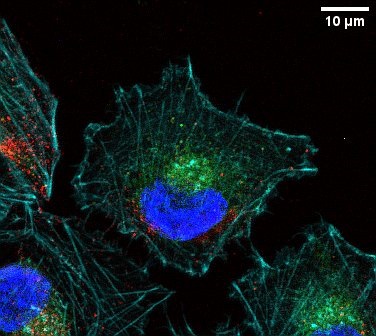Ancient Nuvvuagittuq Rocks Confirmed as Earth's Oldest at 4.16 Billion Years

A recent study has confirmed that rocks from the Nuvvuagittuq Greenstone Belt in Quebec, Canada, may be among the oldest on Earth, dating back approximately 4.16 billion years. This finding not only provides critical insights into early Earth history but also raises significant concerns regarding the preservation of the site, which holds cultural and ecological importance for local Indigenous communities.
The Nuvvuagittuq formation has been a subject of debate among geologists for decades, with previous studies suggesting ages ranging from 3.8 billion to 4.3 billion years. The recent research, led by Jonathan O’Neil, a geologist at the University of Ottawa, utilized advanced dating techniques to analyze a previously unexamined section of rock. Their findings, published in the journal Science on June 28, 2025, indicate that the rocks are indeed around 4.16 billion years old. O’Neil stated, “The different methods gave exactly the same age,” underscoring the robustness of the study’s conclusions.
The formation itself is located on the eastern shore of Hudson Bay and is characterized by its unique geological features, representing a time when the planet was undergoing significant transformations. According to Dr. Mark Reagan, a volcanologist at the University of Iowa, “Studying rocks from Earth’s earliest history could give us insights into how the planet may have looked and how life initiated.”
The implications of this discovery extend beyond geological interest; they intersect with Indigenous rights and conservation efforts. The Inuit community, who manage the lands surrounding the Nuvvuagittuq formation, has expressed concerns about potential damage to the site from scientific explorations. Tommy Palliser, the community land manager with the Pituvik Landholding Corporation, remarked, “We understand the interest in these rocks but are committed to preventing any further damage.” Following reports of missing rocks after previous geological surveys, the local community has temporarily restricted access to the site for research purposes.
The community is advocating for the establishment of a provincial park that would safeguard the site while still permitting scientific research. Palliser emphasized the need for collaboration, stating, “We just want to ensure that our land is protected while allowing researchers to study it.” This approach reflects a growing trend in scientific research that prioritizes Indigenous knowledge and rights in the management of natural resources.
As geological studies continue to unlock the secrets of the Earth’s past, the Nuvvuagittuq formation stands out not only for its age but also as a focal point for discussions on conservation and Indigenous rights. The intersection of ancient geology and contemporary issues underscores the significance of protecting such sites for future generations.
In summary, the confirmation of the Nuvvuagittuq rocks as potentially the oldest on Earth opens new avenues for understanding our planet's history while also highlighting the urgent need for protecting these invaluable sites in collaboration with Indigenous communities. The future of the Nuvvuagittuq formation rests on a delicate balance between scientific inquiry and cultural preservation, a challenge that reflects broader societal values regarding heritage and environment.
Advertisement
Tags
Advertisement





